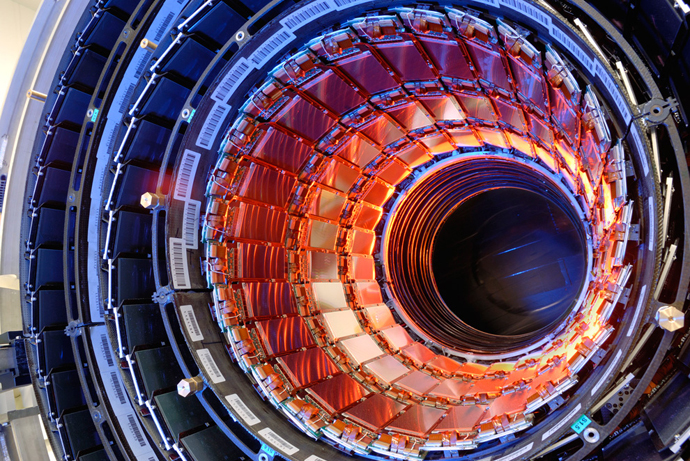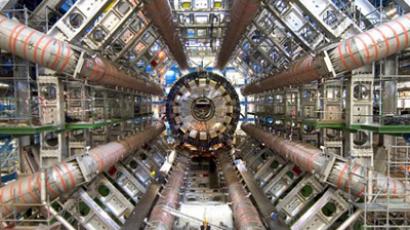‘God particle’ confirmed: CERN says data ‘strongly indicates’ Higgs boson found

It is now almost certain the subatomic particle that brings together everything in the universe has been found, CERN scientists announced on Thursday. Latest analysis of data from the Large Hadron Collider proves that the Higgs boson actually exists.
The search for the missing particle dubbed as ‘the holy grail of physics,’ which has been going on for almost half a century and has brought the $10 billion Large Hadron Collider (LHC) into existence, has finally resulted in some strong experimental evidence.
For the first time since the triumphant announcement of the new particle discovery in July 2012, the European Organization for Nuclear Research CERN has declared it is indeed the Higgs boson that they’ve found, as the analyzed LHC data “strongly indicates.”
“The preliminary results with the full 2012 data set are magnificent and to me it is clear that we are dealing with a Higgs boson, though we still have a long way to go to know what kind of Higgs boson it is,” said physicist Joe Incandela, the spokesperson for CERN’s Compact Muon Solenoid (CMS) team.

The existence of the boson in question and its linked energy field was predicted by British physicist Peter Higgs as he was looking for answers of the open questions of particle physics. Without the Higgs boson, the Standard Model of particle physics fails to explain all the processes happening in the universe, its absence would also not be compatible with Einstein’s theory of general relativity – still a dominant way of explaining gravity.
The question which has eluded countless physicists for decades, and the missing link explaining how the universe works at the very basic level, is what gives mass to matter. In other words, what has brings all the flying particles together to form stars, planets and humans ever since the Big Bang.
Many scientists attribute this role to the elusive Higgs boson, although “exotic” theories exist, which go beyond the Standard Model.
Now, after petabytes of LHC data have been processed, CERN scientists are quite confident there is a Higgs boson – and that it most likely fits into the mainstream particle physics principles, as David Charlton of the LHC’s ATLAS team indicated during the Thursday CERN conference.
Although it might take years for the discovery to be fully confirmed and fleshed out, one cannot expect anything more sensational from the LHC team in the coming two years, as the 27-kilometer collider has been shut down for maintenance until the early 2015.














